Spring has returned to Ice Cove, the fictitious Arctic town at the heart of the new comedy series North of North. For Siaja (Anna Lambe), a young Inuk mother, the changing season is an opportunity for a fresh start. She wants to get a job as the program co-ordinator at her local community centre. There’s just one challenge: she has to convince the boss, a white woman named Helen (Mary Lynn Rajskub), to hire her. “I see life and beauty everywhere and —” Siaja says before she’s interrupted mid-pitch. “Look, right now you’re thinking about what you need,” Helen tells her. “And if there’s one thing I’ve learned from living here the past 23 years, it’s that the Inuit culture cares most about what the community needs.”
Dealing with know-it-all southerners is one of the many tensions at play in North of North. The eight-episode series by Inuit creators Stacey Aglok MacDonald and Alethea Arnaquq-Baril premiered on CBC and APTN in early January and will release on Netflix in the spring. It’s the first large-scale television production to be shot in Nunavut, an important achievement for the territory’s growing screen industry. The show is also unique in how it uses humour to centre the experiences of contemporary Inuit living in their Arctic homeland.
You may unsubscribe from any of our newsletters at any time.
This emphasis on the everyday lives of Inuit, and in particular Inuit women, is important for MacDonald and Arnaquq-Baril, both of whom were born and raised in the territory and now live in Nunavut’s capital city, Iqaluit. The pair began brainstorming their goals following the success of The Grizzlies, the 2018 feature film they co-produced about young Inuit fighting mental health challenges through lacrosse. MacDonald says the two of them had spent the better part of 10 years trying to bring The Grizzlies to the big screen, but the story was in many ways “quite heavy.”
They wanted their next project to embrace a lighter tone. “The idea of wanting to do something fun and funny, a comedy that centres around a young Inuk woman and her family and her community, was the one that really stuck,” MacDonald says. “We wanted to tell something joyful and fun and beautiful and heartfelt.”
This sense of joy is also what drew Grizzlies star Anna Lambe to the role of Siaja in North of North. While the series takes on some big issues, they’re “dealt with in a way that actually reflects how Inuit often deal with difficult situations…which is through humour and through leaning into community,” she says.
An important aspect of the series for the creators and Lambe is the way it addresses white saviourism, both historic and ongoing, within Inuit communities. This is perhaps most evident in Siaja’s relation- ship with Helen, the community centre boss. Helen would like to do good for the people around her but is often limited by her own ignorance and self- righteousness. Siaja makes a lasting impact by calling Helen out, helping to correct her mistakes and offering a hand when she needs it most.
“When we were first bringing our script around and talking about the characters and the stories, people kept calling Helen a ‘Karen,’” MacDonald says, referring to the trope of the entitled, racist white woman. “We were like, ‘No, she is not a Karen. She is embedded in our community. She loves Inuit, sometimes too much…which is very different from a Karen.’” MacDonald adds that real-life people like Helen are “a lot more complicated because they’re so ingrained in our communities.”
For Lambe, seeing Siaja and Helen contend with each other presents an opportunity for non-Inuit viewers in Nunavut and beyond to have “those conversations about taking yourself out of spaces, uplifting and em- powering without overtaking.”
“The show is unique in how it uses humour to centre the experiences of Inuit.”

People like Helen think that because they have an outsider’s perspective, “they can see things with unbiased eyes,” Lambe says. “But the reality of it is when you approach situations that way, especially quite sensitive situations and situations that may involve trauma or addiction or rehabilitation or violence… you miss out on so many layers and on the deeper causalities for those issues.”
More on Broadview:
At the same time, North of North also challenges the notion that Inuit and white people are the only inhabitants of northern communities. Instead, the show reflects the growing diversity of the region through characters like Colin, one of Siaja’s best friends who is Maori, as well as other Indigenous Peoples who call the land home.
“Our town is fictional, and we chose that consciously because we wanted to be able to take the best parts of small, tiny towns and the best parts of Iqaluit, the big city. And something we love about living in Iqaluit is that it really is a diverse community,” Arnaquq-Baril says. “We wanted our fictional town to have that vibe where there’s Inuit from the western Arctic, In- uit from the eastern Arctic….We love that Colin is a Maori man that probably met his partner at an Indigenous international gathering somewhere and got whisked off to the Arctic by a handsome Inuk man.”
At the core of North of North is this ability to disrupt the as- sumptions people hold — about Inuit lives, Inuit women, life up North and being a young Inuk today. Combined with characters and conversations that explore intergenerational trauma and encourage healing, the comedy is, in the words of Lambe, a celebration “of the North and how beautiful and special and sometimes messy and some- times crazy it can be.”
***
Meral Jamal is a contributing writer for Broadview Magazine.
This article first appeared in Broadview’s March 2025 issue with the title “Arctic Joy.”



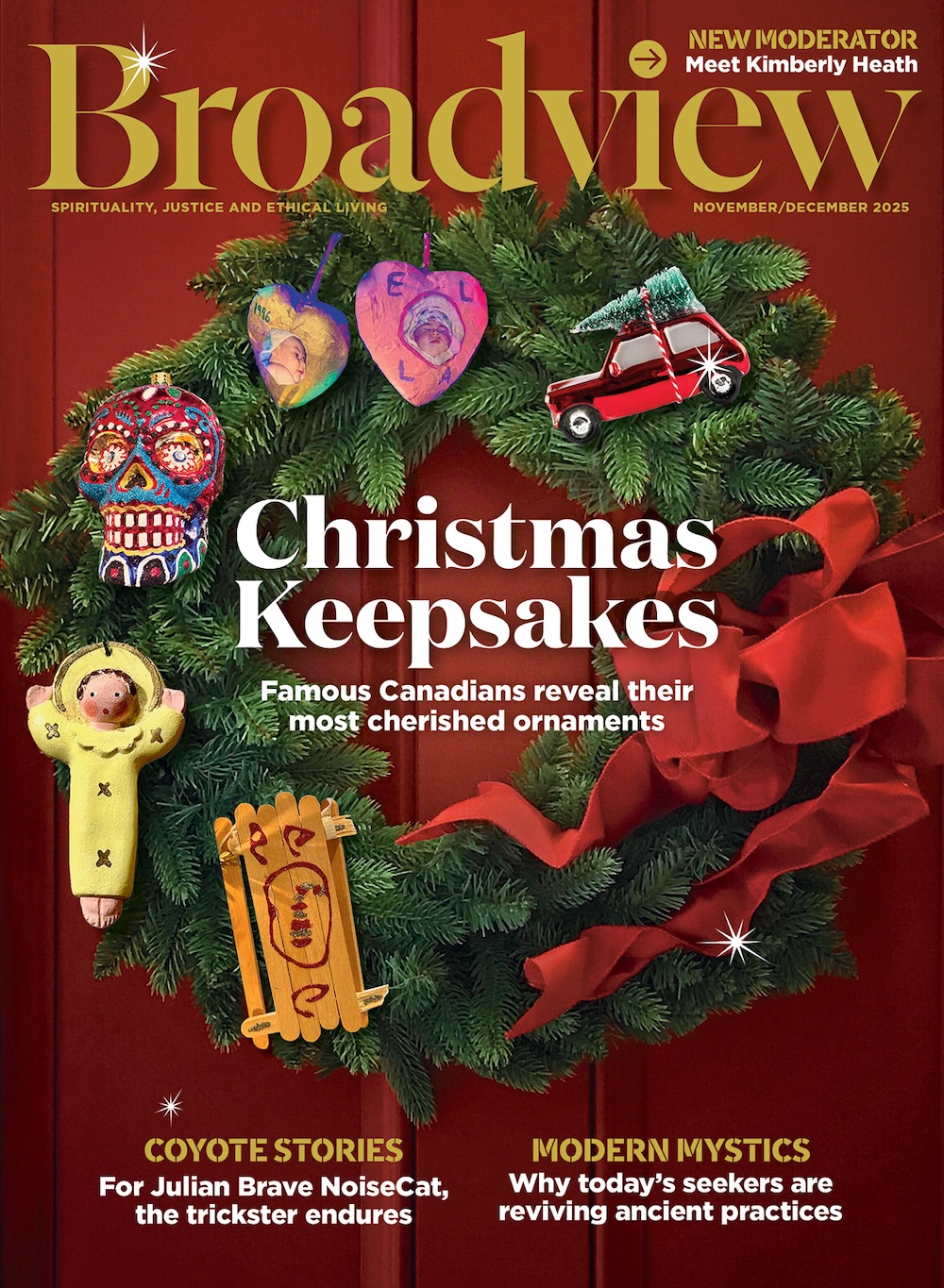


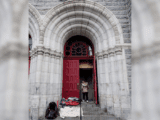

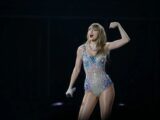

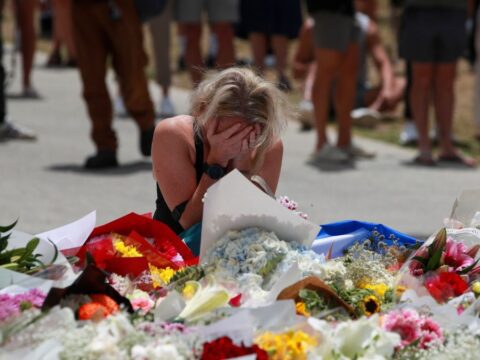
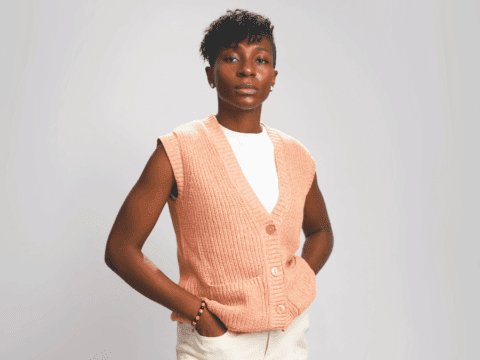
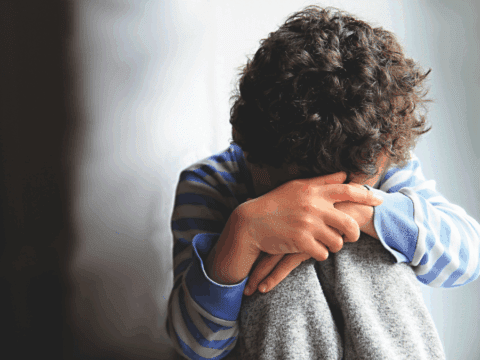


I watched the 8 episodes as they became available. But then it just ended and I can’t find any details on what is next. Is it done? Season 2 to follow?
If you know anything, please let us know, thanks!
Happily, it’s been renewed (April 25, 2025). Can’t wait for new episodes!